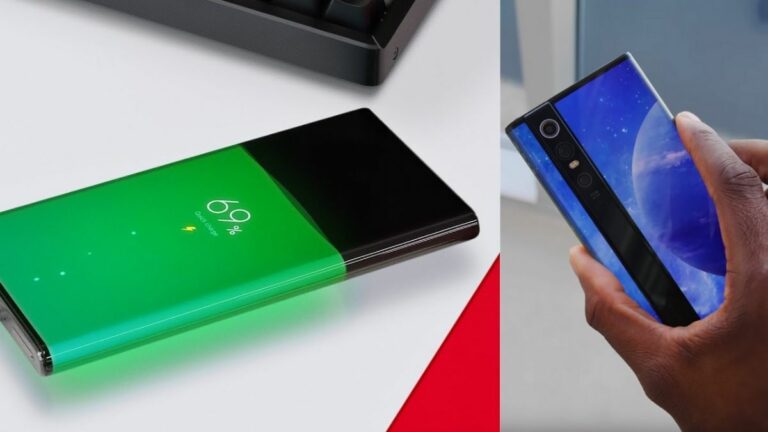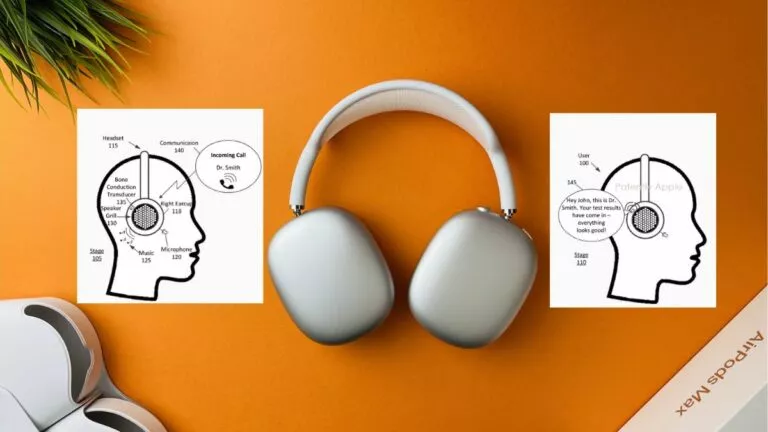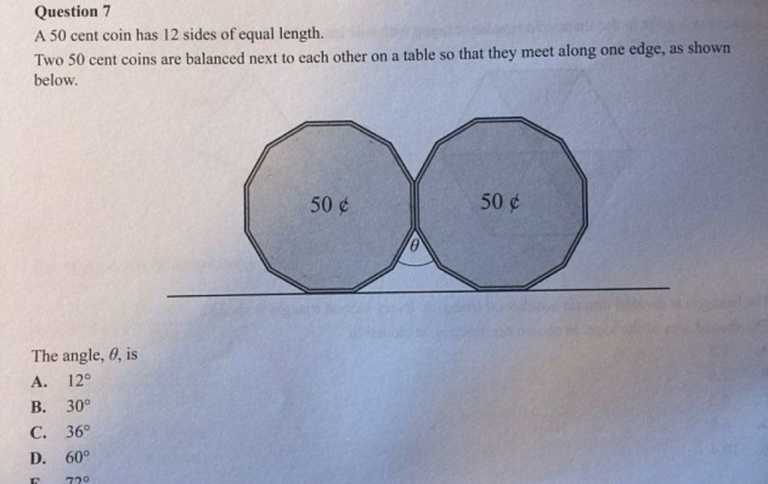This Electric SUV Suffers Only 5% Battery Degradation After 100,000 Miles
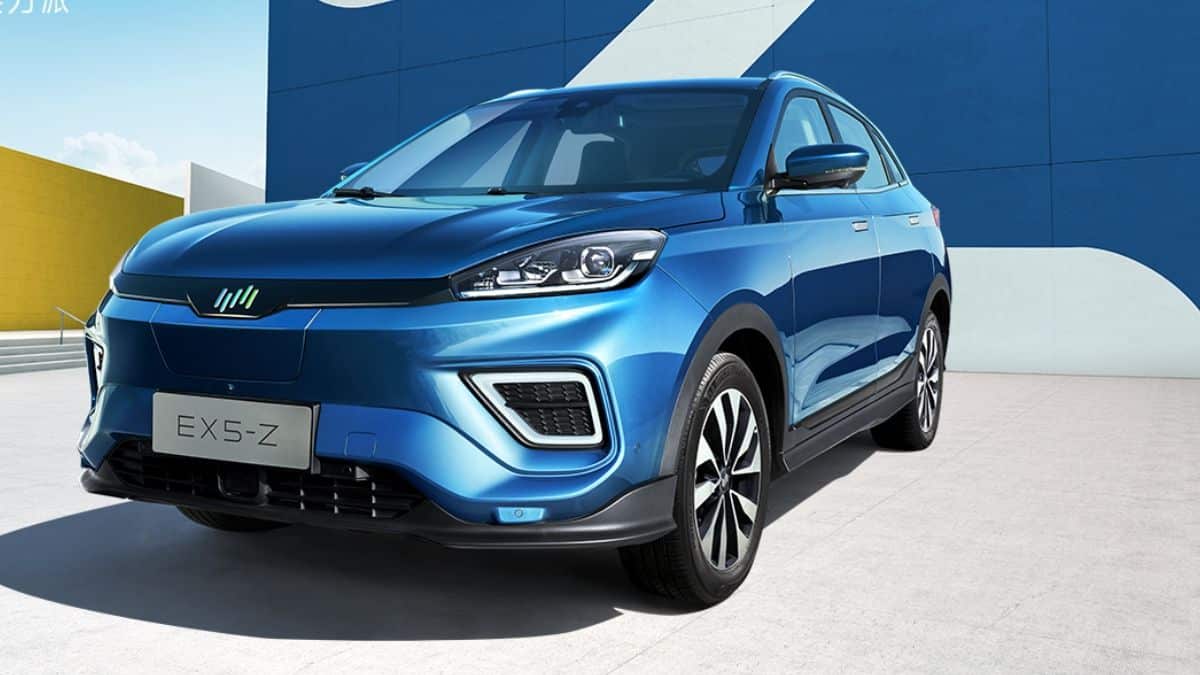
When it comes to electric cars, the first word that comes to our mind is Tesla. After becoming one of the best electric vehicle manufacturers, Telsa battery has a degradation rate of around 8-10% after 100,000 miles for its EVs like Model 3 and Model S. The figures are based on several reports over the years.
However, Weltmeister EX5-Z is an electric SUV whose battery degrades only 5% even after 100,000 miles (160,000 km). WM motor is a Chinese electric vehicle brand based in Shanghai.
EX5-Z is the first electric car from the company launched in 2018. The electric SUV has an electric range of 520 km (NEDC). The price of the electric vehicle is equivalent to $21,100 after the subsidy.
Tesla Battery Degradation After 100,000 Miles: How WM Motors Fare Against It?
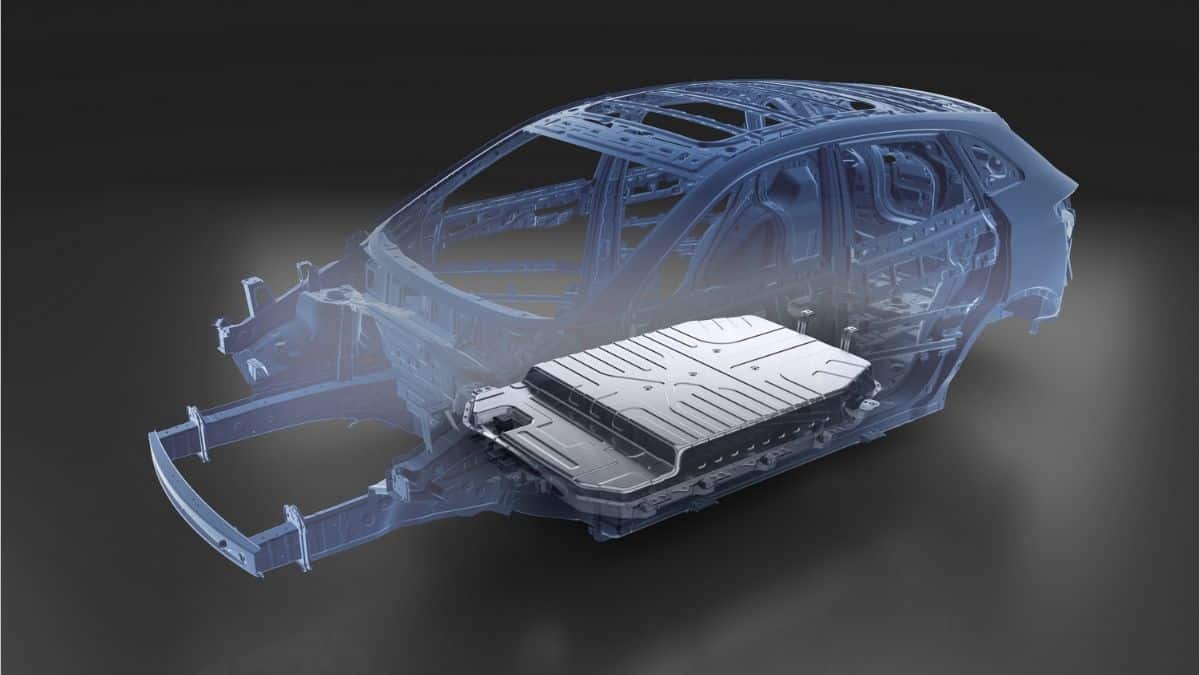
It’s always the company’s unique technology that makes it stand out differently in the market. A combination of high energy density cells and an efficient battery management system helps the EX5-Z electric SUV in achieving a stable battery life.
We know that high-density cells are responsible for longer battery range. To further conserve the range, the company uses an advanced battery thermal management system.
The system simply redirects the thermal heat that generates from the battery to the cabin. By doing this, it saves around 20% of battery energy during winters. This eventually affects the battery degradation rate and its longevity.
The battery cell packs of most electric cars function normally during summer. However, it is during winter when electric cars start to suck up more battery charge to generate more heat for their operation.
Tesla electric cars, excluding the Model Y, run electric motors in an inefficient way to raise the battery temperature. This causes the battery charge to drop faster during winter. The Tesla Model Y is an exception, because it comes equipped with a heat pump.
The slower your battery charge will drop, the fewer times it’ll need to be charged. And therefore, its battery degradation rate will be lower over the years.
Other Features Of Weltmeister EX5-Z
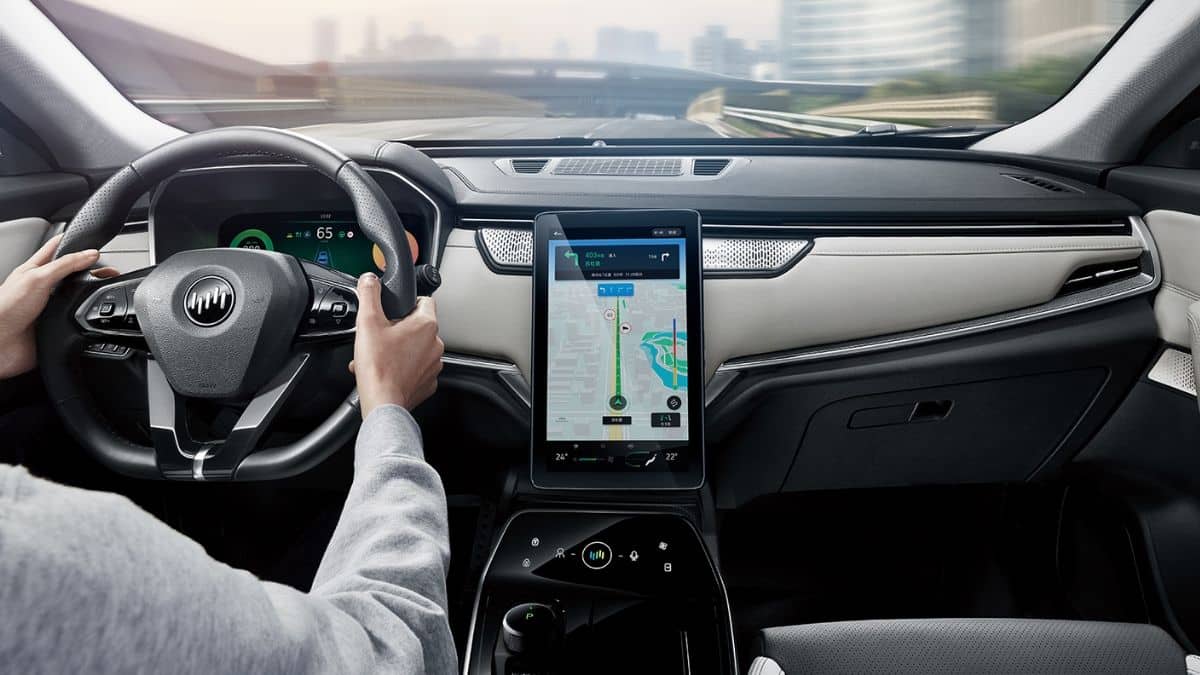
The EX5-Z electric car has loads of features. If we talk about the interior, then the car comes with a rotating 12.8-inch touchscreen display. In addition, it has a 12.3-inch interactive dashboard.
The car also has premium leather seats with heated seats as well as lumbar support.
Apart from that, one of the coolest features of this Chinese electric SUV is its micro-level purification ability. It can filter up to PM0.3 fine particulates. Moreover, it has a C95 certified filter and a UVC ultraviolet sterilizer, something extremely useful to protect yourself from the Coronavirus.
Similar to Tesla, it has autonomous reverse parking ability and an autopilot system that includes over 20 sensors.
Not only this, but this electric SUV also has a super safe structure with 5 star NCAP safety ratings.
Final Thoughts
The battery degradation rate of Tesla is very low compared to other electric vehicles in the market. We also reported in our previous article the degradation rate of Model 3, which turned out to be around 2 percent.
However, it’s good as long as it’s under 50,000 miles. As soon as Tesla’s electric vehicle goes beyond 100,000 miles, the drop in degradation increases and reaches close to 10%.
On the other hand, we have seen that EV makers from China are consistently coming up with innovation in battery technology. WM Motor providing a degradation rate of less than 5% for a budget SUV is quite an achievement.
Nevertheless, it doesn’t mean that Chinese electric cars are better than Tesla Model 3 or any other Tesla EV. Tesla EVs have more range, performance and an array of features like the Autopilot, with which no other automaker can compete, Chinese or otherwise.

